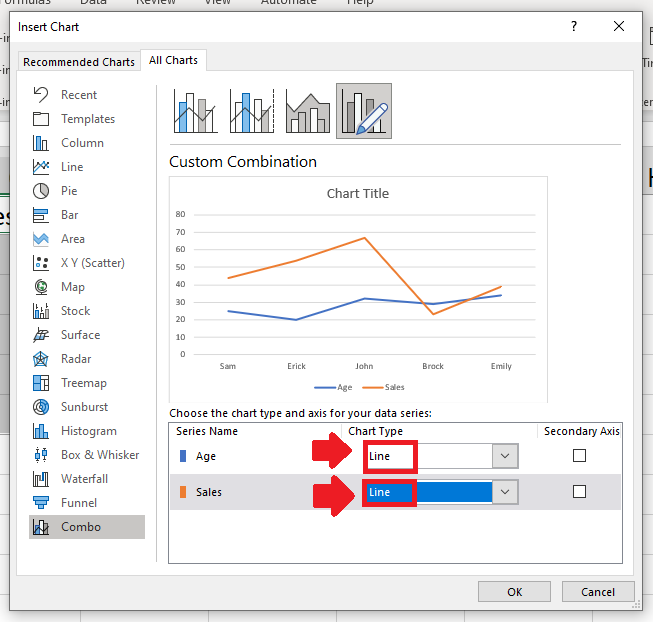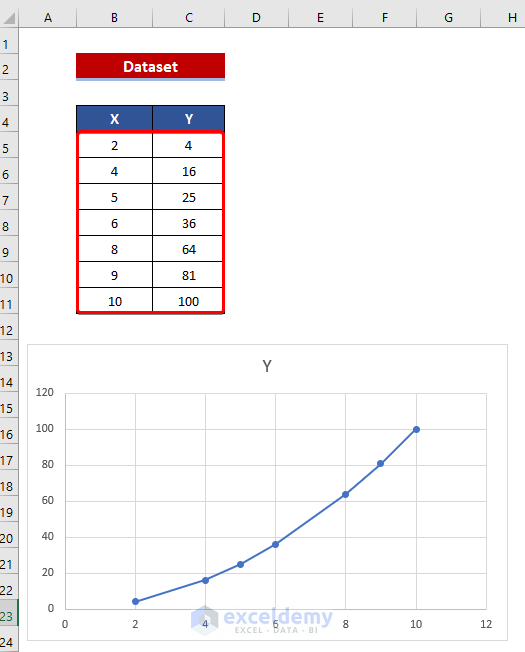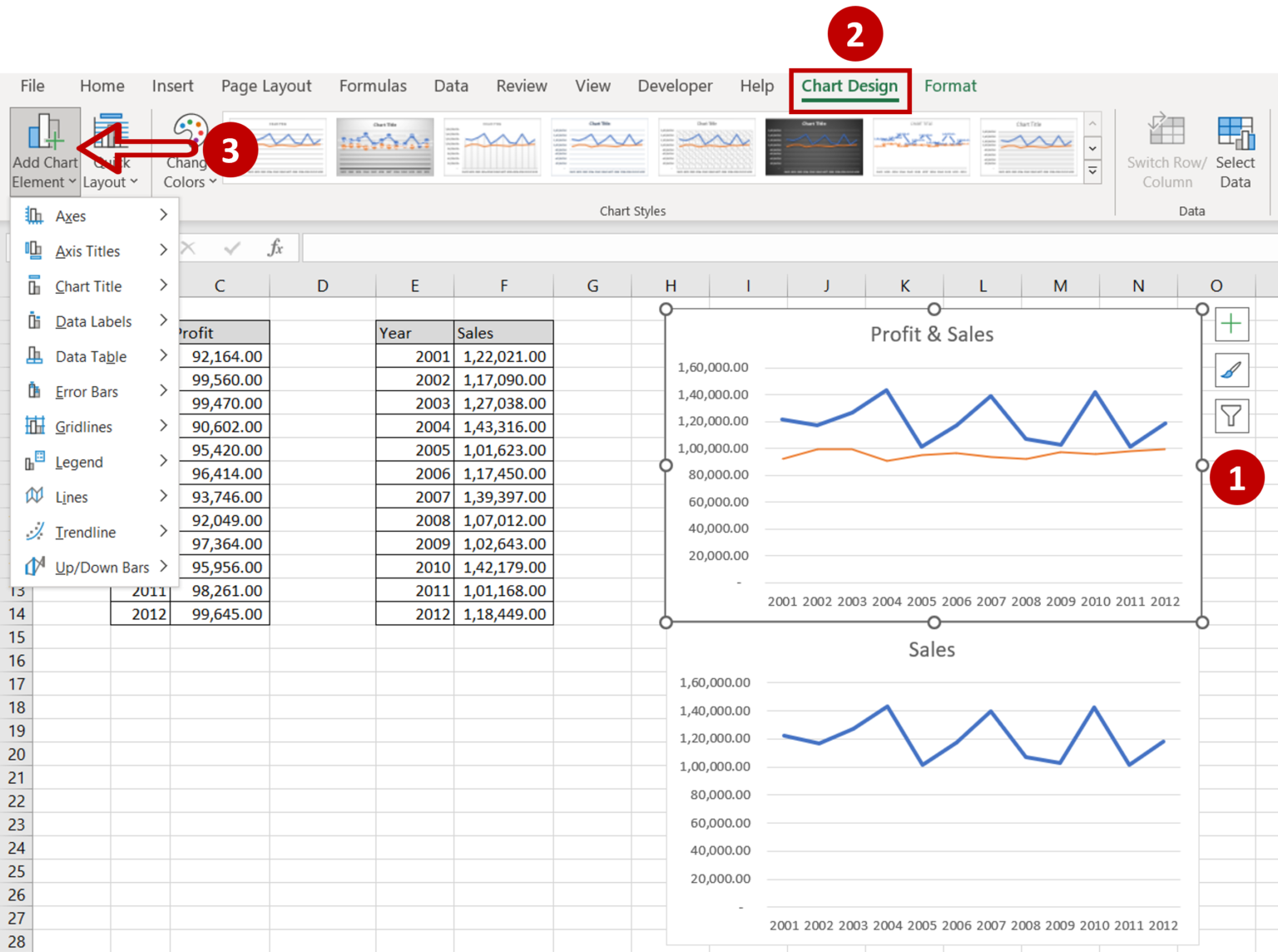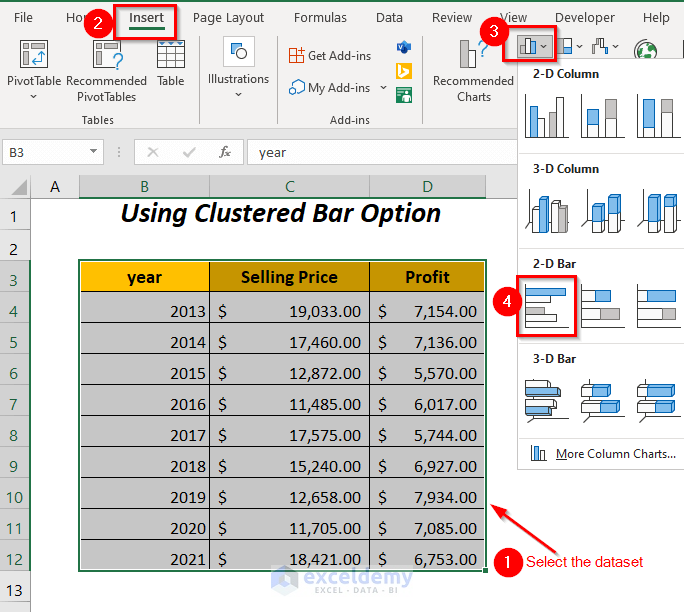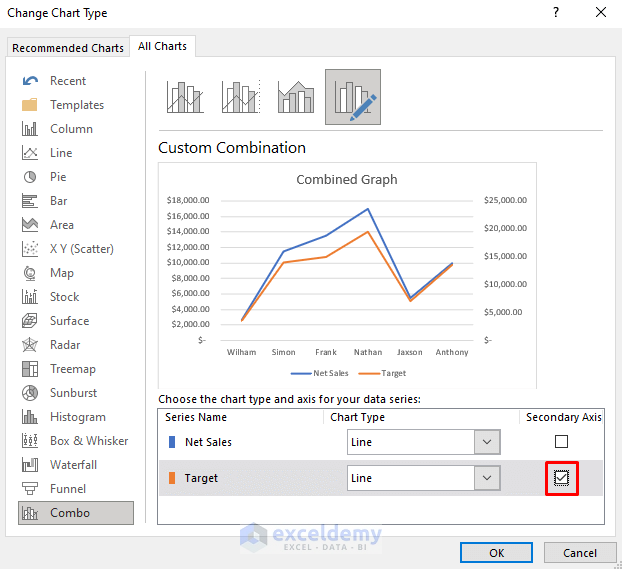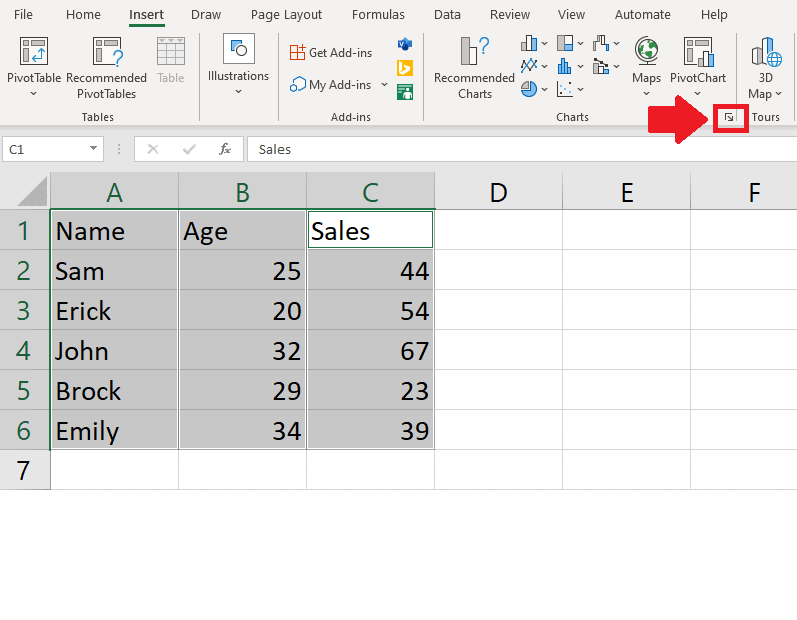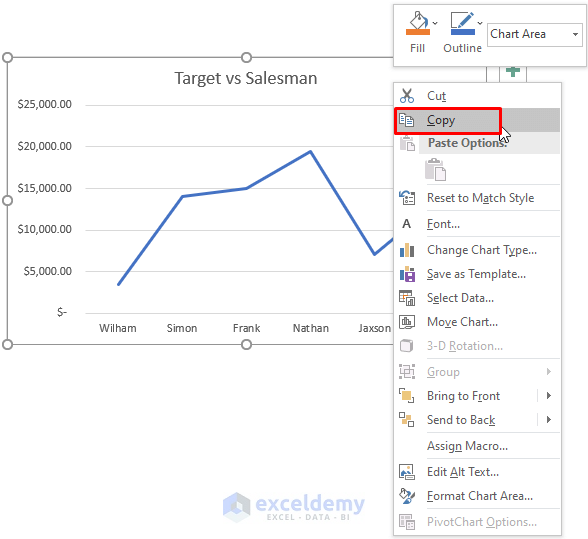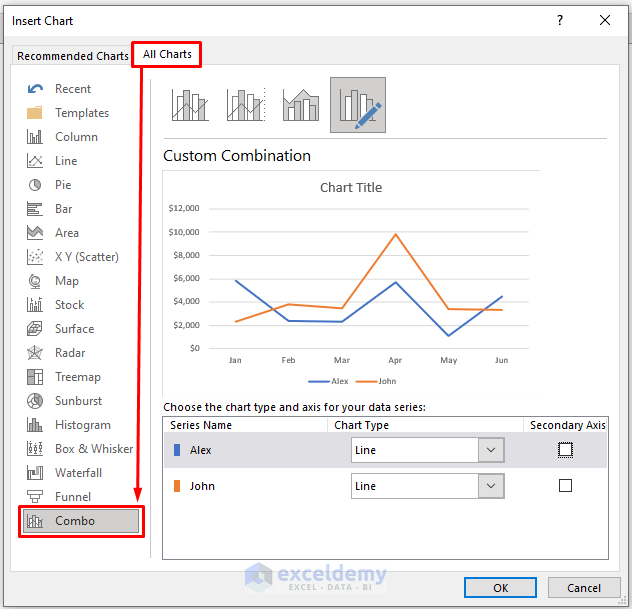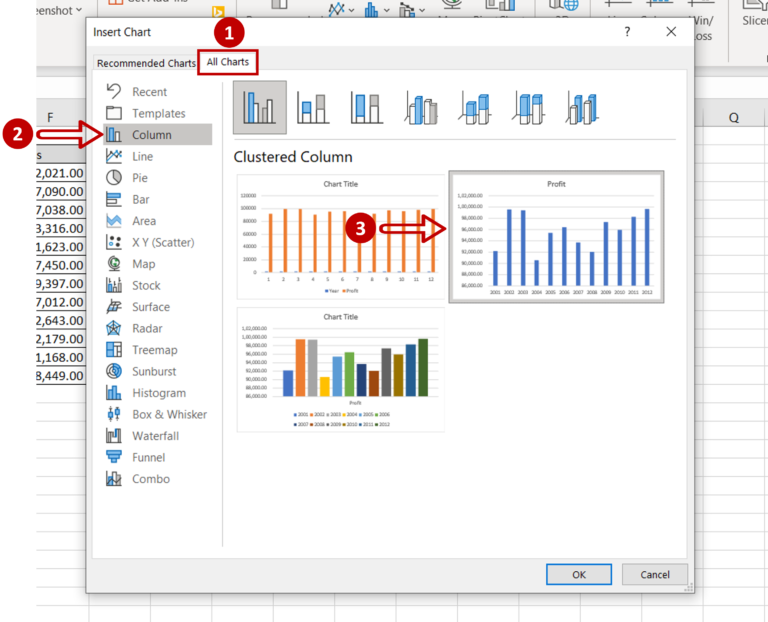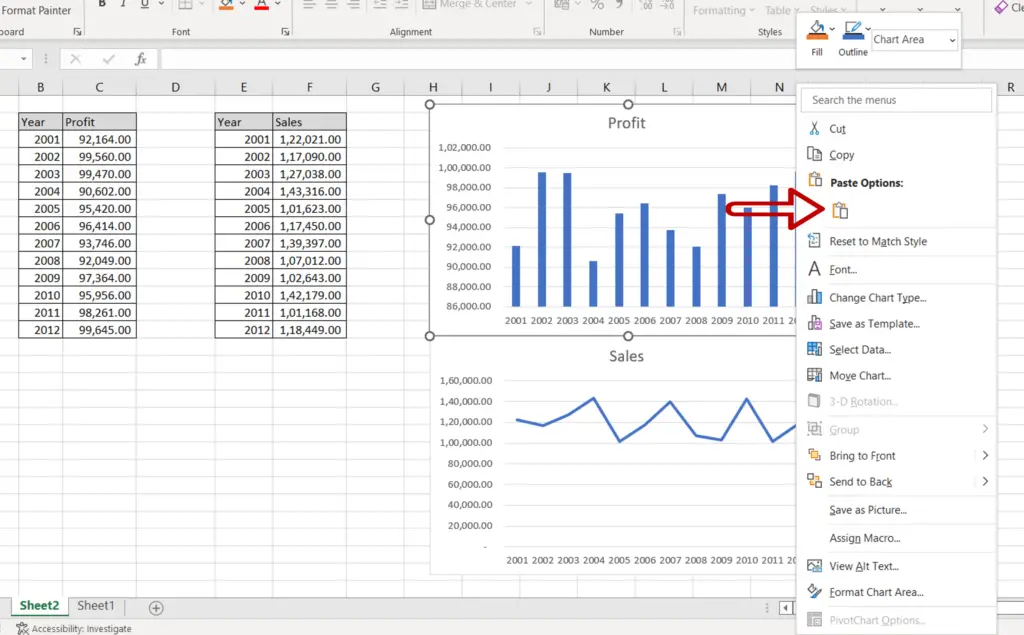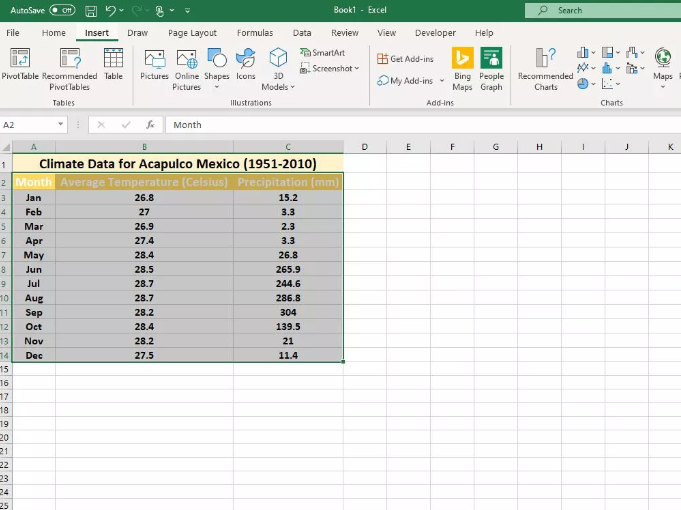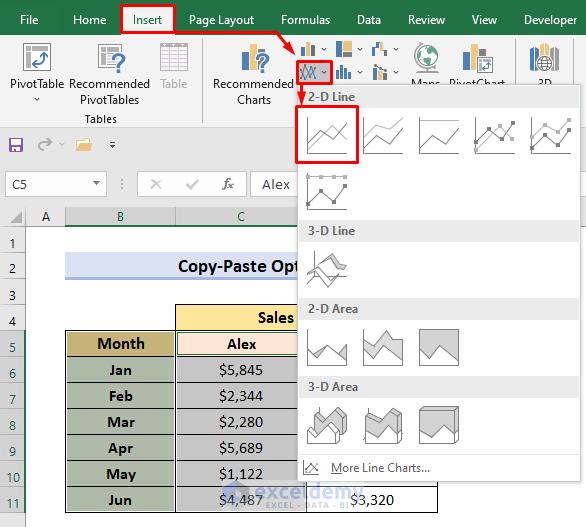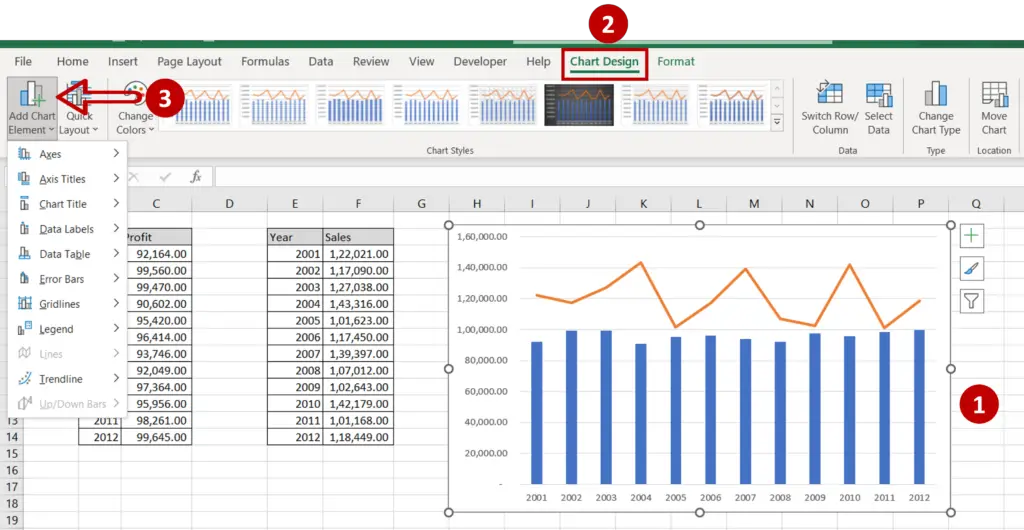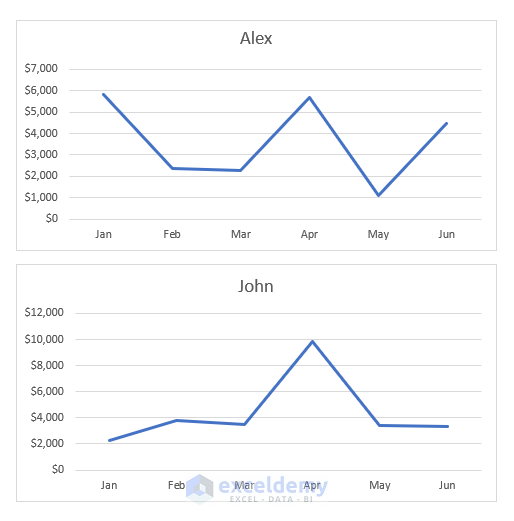Recommendation Tips About How To Combine Two Graphs In Excel Tableau Line Chart With Markers
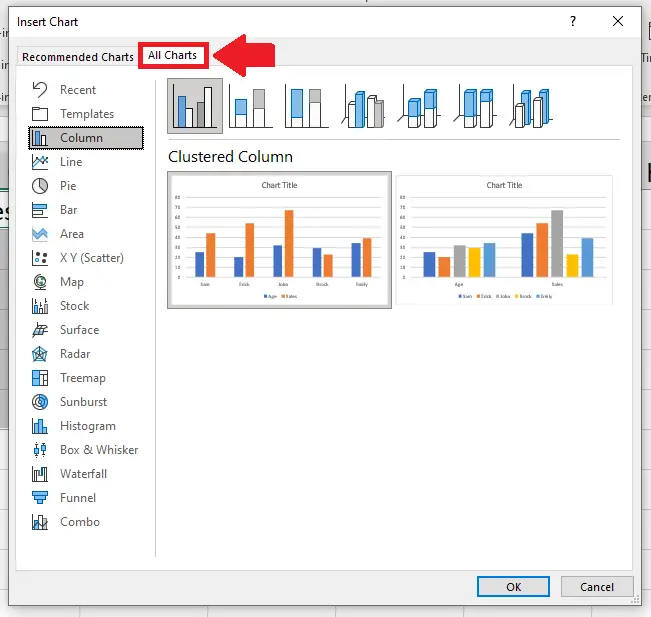
Create a combination chart with clustered column.
How to combine two graphs in excel. Steps for combining two chart types in excel. There are several ways to do this in excel, but i will focus on two method:. You can combine graphs of the same type, different types, or use.
In excel 2013, you can quickly show a chart, like the one above, by changing your chart to a combo chart. Learn how to combine and merge graphs in excel to compare and analyze data from multiple sources in one chart. Go to the insert tab and choose.
Copy and paste, or create a combo chart. Learn how to merge two or more charts into a single graph in excel using different methods. Combining two graphs in microsoft excel allows you to present multiple datasets in a single visual representation, making it easier to analyze and draw insights from your data.
Read this now to solve your problem. Now that you have created your two graphs, you can combine them into a single chart. If you need to create a chart that contains only one primary and one secondary axes, see using two axes in the one.
Learn two methods to overlay or display two or more charts on the same chart sheet or axis in excel. Learn how to use combo chart or copy and paste operations to combine two graphs in excel. Combining two graphs in excel can seem like a daunting task, but it’s actually pretty straightforward.
One easy way to accomplish this task is. This article demonstrates on how to combine multiple graphs with different x axis in an excel worksheet. You need to combine several charts into one chart.
Create a combo chart with a secondary axis. Compare multiple data sets, identify trends and correlations,. Navigate to data and click from table range under.
Click anywhere in the chart. Select table 1 (orders) or any cell in that table. How to combine two line graphs in excel.
To create a connection in power query, follow these steps: Learn two methods to combine two graphs in excel: Select the cell range containing your data (for example, b4:d10 ).
